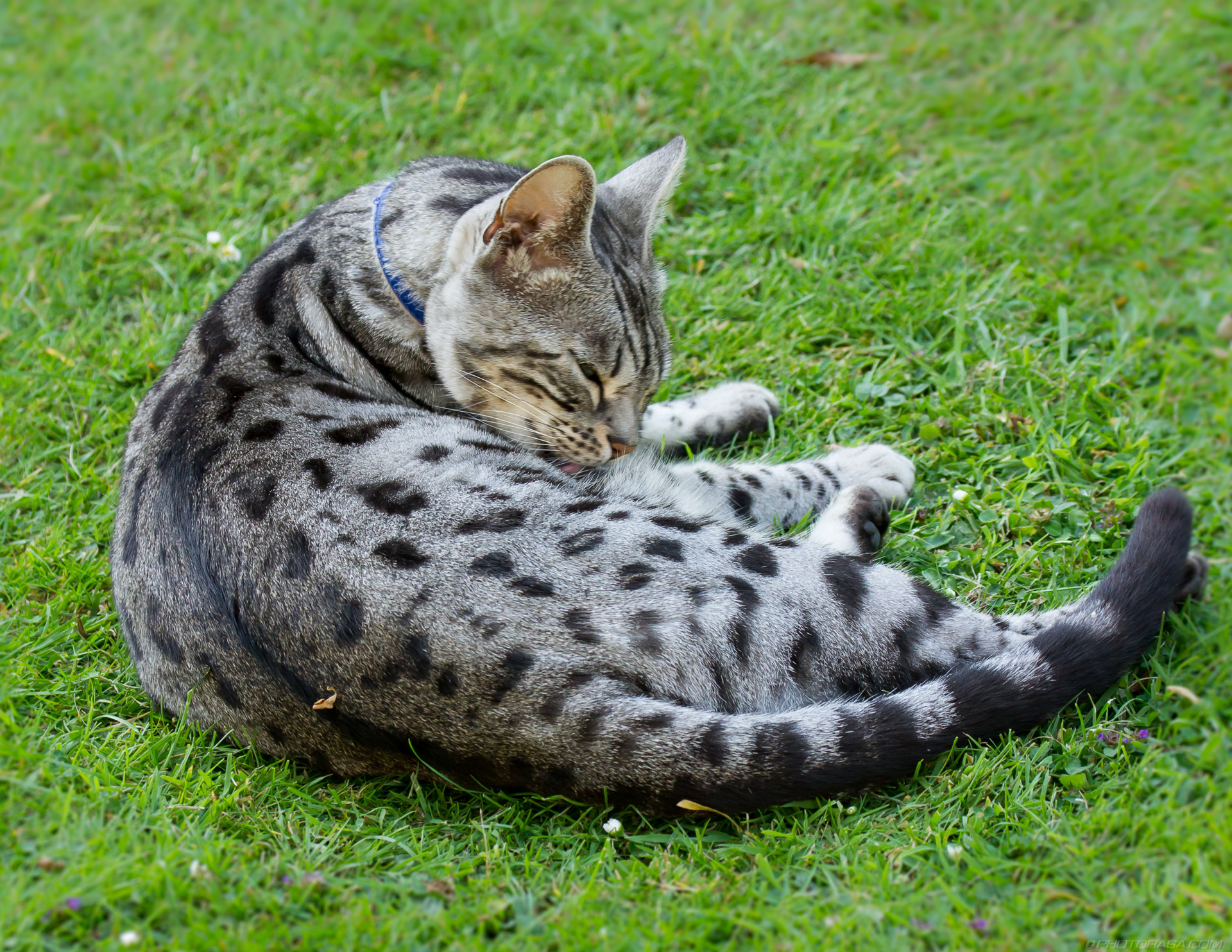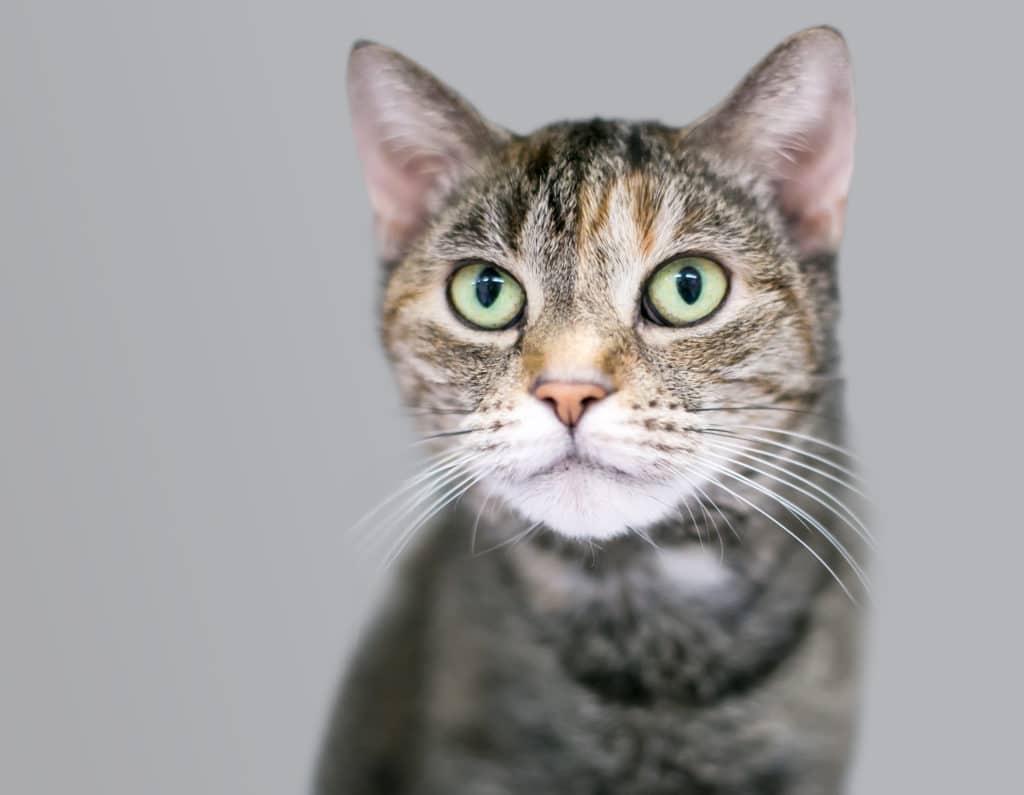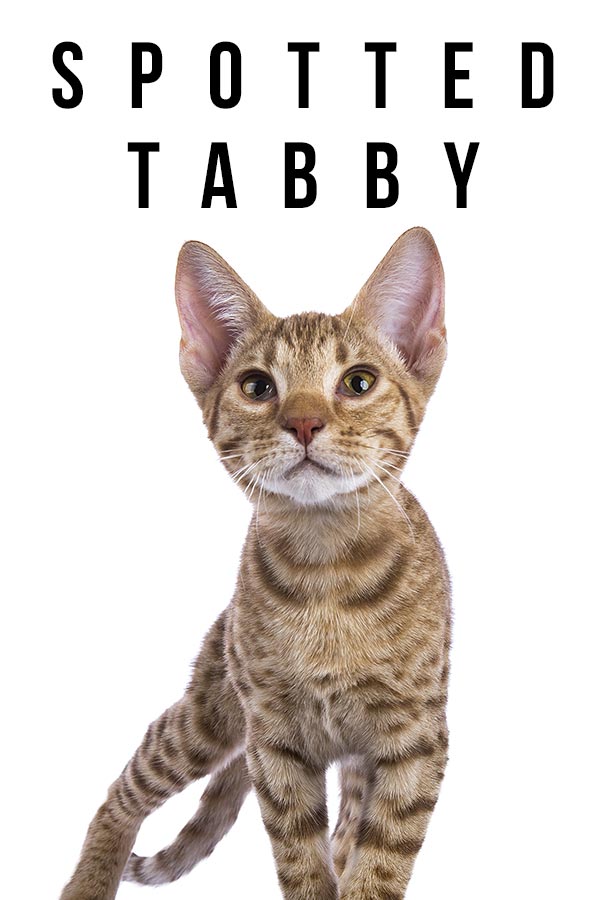
It has "butterfly" patterns on the shoulders, and usually a bullseye or oyster pattern on the flank, with encircled rings. Classic - The classic or blotched tabby has a swirled or whorled pattern with much wider stripes than the mackerel.Sometimes, however, ghost stripes can be seen on the face, belly, legs, and tail.

If this occurs evenly and the coat is ticked all over as on the Abyssinian, then the tabby pattern takes on a salt-and-pepper appearance rather than the distinct markings of bars, rings, or spots. Each individual hair will have bands of color.

Nevertheless, they are one of the cutest and wonderful pets to have around.There are four different tabby patterns (mackerel, spotted, ticked, and classic). So, the personality, as well as the behavior of the tabbies can be quite different. On the other hand, some tabbies are shy, and they love to be in a quiet place. Some breeds are known to be intelligent and gentle, while a few tabbies can be quite aggressive. As these patterns can be found in so many cat breeds, it is really difficult to describe the personality of tabby cats. So, these are the major types of tabby patterns. The ‘M’ marking on the forehead and a faint necklace can however, be observed in these cats. This gives the coat a shimmering appearance in the sunlight. Only a closer look can reveal that the fur is indeed striped with bands of light and dark colors. This pattern can look quite different from other tabby patterns, as the characteristics stripes, swirls, or the spots of the tabby pattern cannot be observed, especially at the first glance. Some common spotted breeds are, American bobtail, Australian Mist, Egyptian Mau, and Ocicat. However, it is not known whether spotted tabby pattern is developed from the mackerel pattern, or it is a result of a different genetic mutation. A line of spots from the neck to the tail, and a faint necklace in the chest can also be observed in some cats. Similarly, the swirls of the classic pattern can be replaced by large spots. The usual stripes of the mackerel pattern may get broken and appear as small spots. Many consider that the spotted pattern is not a true pattern, but a modification of the stripes and the whorls of the mackerel and the classic patterns. The spotted tabby pattern can be distinguished by the presence of some large or small spots on the coat, that substitute the stripes or whorls of the classic and the mackerel patterns. Toyger is a new cat breed with this pattern. Like the classic pattern, the M marking can be found on the forehead. Mackerel tabbies are also characterized by the presence of two rows of blotches on the belly, that are termed as ‘vest buttons’. In the chest area, one or more wide bands can be observed, which are termed as ‘necklaces’.

The fine parallel stripes on the sides and the shoulder resemble the bones of fish, which is why this pattern is called mackerel.

Towards the tail and the legs, one can observe striped rings, while on the shoulder and the sides, the stripes are usually parallel. They can be solid on the stomach and the flank region, or broken into bars or spots. It is the most common tabby pattern, which can be easily distinguished by the vertical and slightly curved stripes. The American short hair cat and Sokoke (Khadzonzos) are some common breeds with the classic tabby pattern. The characteristic ‘M’ mark can be found on their forehead. The tail, as well as the legs of the classic tabbies usually have broad bands, and their belly or stomach contains a row of ‘vest button’ blotches. The pattern on the flank resembles a bull’s eye or oyster.


 0 kommentar(er)
0 kommentar(er)
